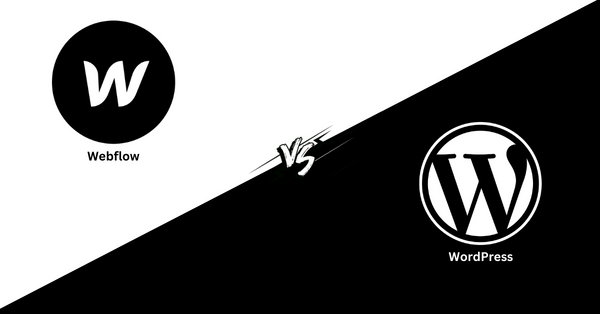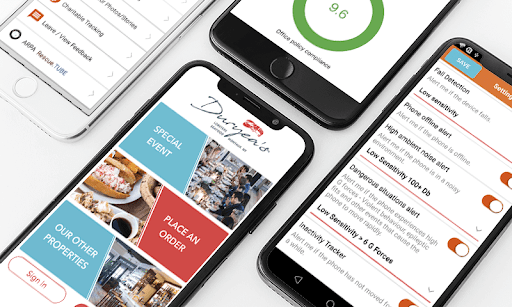How to Improve User Experience 14 UX Design Tips and Tricks from the Pros
UX design in marketing is a decades-long profession that is constantly evolving. The constant changes within the UX design discipline might be complex for UX designers. The designer must navigate and learn about new methodologies and changes to create the most meaningful design for their clients.
The point is that UX Design helps build a website or application that users will find easy to use and not confusing.
According to a premier research and consulting firm Temkin Group study, 84% of businesses anticipate expanding their attention to customer experience measurements and metrics.
According to Forrester Research, UX has a 9900% ROI. In other words, UX is a BIG DEAL and should be prioritized.
Here are 14 tips and tricks for UX designers to help them succeed in the web design denver USA industry.
What Is UX Design?
UX design is “user experience,” a trade combining talents such as product development, market research, strategy, and design. The user experience refers to someone’s whole interaction with a product.
For example, the user navigates a phone call or message, whereas the UX designer is the architect of a seamless and easily accessible interface.
The primary goal of a UX designer is to provide the best possible user experience. To give a high-quality experience, the product should make the consumer feel that they are receiving or taking value from it.
14 UX Design Tips and Tricks from the Pros:
Here are 14 marketing UX design tips and tricks to keep in mind.
1. Know Your Audience:
The key concern when creating the UI/UX of your online application is your target audience. To develop a web application that fits your users’ demands, you must first understand their wants and expectations.
Knowing your audience is the first step in doing a thorough market study and analyzing the data. When you know what kind of journey your customers desire, you can design your web application accordingly.
2. Flow:
Second, by knowing the aims and needs of user personas, we can picture the website as a yellow brick road that can quickly move consumers from one part to the next. Items near the top of the page, in order of importance, are likely to attract users.
3. Avoid Cognitive Overload:
UX designers should create designs with a short attention span in mind. Remember, no one wants to be inundated with stuff. To avoid overwhelming your audience, designers should limit the number of options, things, and so on displayed to the user.
Strive for a primary user interface to maximize utility and usefulness; only content makes consumers feel they are gaining value by interacting.
4. White Background:
Adding white space is one of the most fundamental UX design principles. This will undoubtedly improve user experience. Unfortunately, expensive graphic solutions frequently replace white space.
However, even a modest white space will impact the overall composition. You can help your audience make decisions faster by adjusting your accent.
5. Prioritize Speed:
Users will be turned off by a website that takes too long to load. Compared to just fifty years before, much of the population has a relatively short attention span owing to the constant bombardment of information.
A denver web design agency US should ensure that when a user opens a website, it loads quickly enough that the visitor does not become impatient and decide to leave.
6. Scrolling:
As long as it is clear that relevant or additional information is below the fold, your site provides a strong visual direction, and it is a sufficient web page (not too long), there is a good chance that the user will scroll down your page to the bottom because scrolling web pages is faster than clicking anyway.
7. Adjust Colors to Contrast:
High-contrast colors manipulate the brain into believing the visual is more important than a low-contrast color image, sometimes known as a high-relevance object. While the client is unlikely to request this, they would be dissatisfied if the colors were not in high contrast.
8. Always add a search bar:
Every computer, phone, or tech user can recognize a search bar and comprehend its purpose. When a user navigates to a webpage, they know they can rapidly resolve their query by typing keywords of the object they are looking for into the search box.
9. Mobile Friendly:
More than half of all website traffic is now generated by mobile devices. As a result, if your web app is not mobile-optimized, users are five times more likely to abandon it. As a result of failing to optimize your app for the most excellent mobile experience, you’re losing potential clients.
Remember that search engines will look at your site’s desktop and mobile interfaces. Your SEO team will agree that having a mobile-friendly app significantly impacts indexing.
10. ROI for Enterprise UX:
Enterprise UX is a combination of UX design and enterprise system research. When working with a design denver usa company, it is critical to undertake a platform audit.
A platform audit examines all systems in use at an organization. The audit provides information on “workflows and processes, as well as user personas who interface with the system.”
11. Make Tasks Quick:
When a visitor visits a website, they usually do so for a reason. If a visitor navigates straight to a firm website to purchase a particular product, they can visit that product quickly.
Be Flexible with Your Design Process
Every UX design project has diverse demands, goals, and agendas. Hence, there will never be one design process path. At the same time, any UX design project will likely comprise duties such as research, analysis, design, and so on.
12. Content:
Copywriters and illustrators create that content. If you want to be successful in the long run, you must operate as a team.
You can collaborate to create visually appealing pages. Use clear, concise language in your post to help readers understand what to do next. Also, feel free to use humor.
Images and texts have a significant impact on the user experience. General rules do not have to be adhered to or obeyed.
13. Don’t Be Afraid to Ask Questions:
The simplest way to ensure you’re on the correct track is to ask questions. Ultimately, asking questions rather than guessing or mindlessly constructing will save you time in the long run.
It is better to ask questions to save time and follow your client’s vision to the best of your ability.
14. Always conduct research:
While pre-research can be time-consuming and expensive, UX designers must consider it necessary. Designers who fail to thoroughly investigate their target audience and design demands will most likely fail to empathizeAlways conduct research
While pre-research can be time-consuming and expensive, UX designers must consider it necessary. Designers who fail to thoroughly investigate their target audience and design demands will most likely fail to empathise with and satisfy the genuine needs of their audience. with and satisfy the genuine needs of their audience.
Conclusion:
After reading our 14 pro-UX designer tips and tactics, we hope you’ve learned something new about UX design in marketing. Keep in mind the significance of your effort. In other words, never settle for less than you deserve, and don’t be scared to walk away from a customer that offers you less than you deserve.








